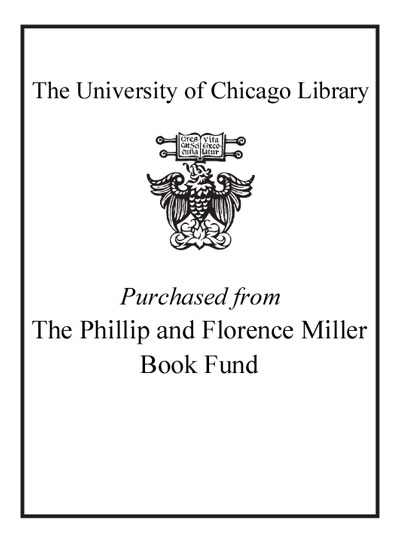Review by Choice Review
Libraries constantly receive questions about the ideological orientation of organizations and publications, so this handy, up-to-date directory of "left-of-center" groups, a counterpart to The Right Guide (CH, May'93; soon to come out in a third, expanded edition), is a real treasure. Although one might question the inclusion of the American Library Association, Modern Language Association, and League of Women Voters, the scope is clearly defined to encompass a broad spectrum of liberal and radical causes. (Amusingly, the editors consciously avoid the word "liberal," on the ground that its connotation has "not remained consistent in modern times.") Major labor unions, foundations, publishers, and periodicals are also included. Financial data on tax status, revenue, expenditures, salaries of officers, lobbying activities, grants, and federal funding are especially valuable, as is the count of citations in daily newspapers. The publishers clearly hope to encourage journalists and public policy analysts to extend their list of contacts on both sides of the ideological divide. Recommended for all libraries serving students and faculty, policy researchers, journalists, or the general public. J. M. Alexander Northwestern University
Copyright American Library Association, used with permission.
Review by Booklist Review
A companion to The Right Guide [RBB Ap 1 93], this volume lists 2,200 liberal, progressive, and left-of-center organizations and profiles 1,100 in depth. Lots of foundations, organizations, and periodicals are described. Coverage ranges from the Communist party to Church Women United and includes some groups who really seem to stretch the definition of liberal, such as the AARP and the Teamsters. An introductory index lists the profiled organizations by subject, from Abortion and Reproductive Rights to World Governance. The profiles are then arranged alphabetically. Most note a contact person, officers, mission statement, accomplishments, revenues and expenses and other financial data, and tax status. The salaries of the three highest-paid staff are usually provided. Though about one-third of these organizations can be found in Encyclopedia of Associations, it doesn't provide as much financial information as The Left Guide. The profiles are followed by lists of organizations whose status is unknown or which are defunct. A list of periodicals published by the profiled organizations is followed by geographic and keyword indexes. Some of these organizations are profiled in greater depth in Greenwood's U.S. Interest Groups series (e.g., Criminal Justice Interest Groups [RBB N 1 93]), though without financial data, and directory information for some of them can be found in other reference works, such as The Foundation Directory. Though the groups collected in The Left Guide make for some strange bedfellows, the financial information it provides will be useful in libraries, especially those that have found The Right Guide useful. --Sandy Whiteley
From Booklist, Copyright (c) American Library Association. Used with permission.
Review by Library Journal Review
This new guide lists and thoroughly describes over 1000 active "liberal, progressive, and left-of-center educational, public policy, and lobbying organizations," covering large and small associations, foundations, publishers, think tanks, and other miscellaneous organizations such as law clinics. Each entry includes postal, e-mail, and web address as well as phone numbers; the organization's mission or interest; accomplishments; financial revenue; expenditures, assets, source of funding, and tax status; products or services; number of employees; names of the board of directors; and availability of internships. Another 1000 defunct organizations or those with no forwarding address or known status are listed wth their latest known address. An invaluable 30-page subject index at the beginning of the volume organizes the groups by issues of concern, such as animal rights, while a geographic and keyword index is found at the end. Approximately 450 periodicals published by these organizations are also listed. The Left Guide contains far more extensive and complete information than its primary competitor, Guide to the American Left (Editorial Research Service, 1995. 17th ed.), which does list over 1400 organizations and publications but includes only one line of basic informationaddress and area of interestfor each. Budget-conscious libraries could provide much of the same information with the Encyclopedia of Associations (Gale, annual), although it doesn't include foundations, publishers, think tanks, etc., and could use the less expensive Guide to the American Left to identify those with that orientation. However, for medium-sized to large libraries that can spend more, this title and its companion volume, The Right Guide (Economics America, 1992), are superior choices.Louise Ann Treff, Univ. of Colorado at Denver (c) Copyright 2010. Library Journals LLC, a wholly owned subsidiary of Media Source, Inc. No redistribution permitted.
(c) Copyright Library Journals LLC, a wholly owned subsidiary of Media Source, Inc. No redistribution permitted.
Review by Choice Review
Review by Booklist Review
Review by Library Journal Review

